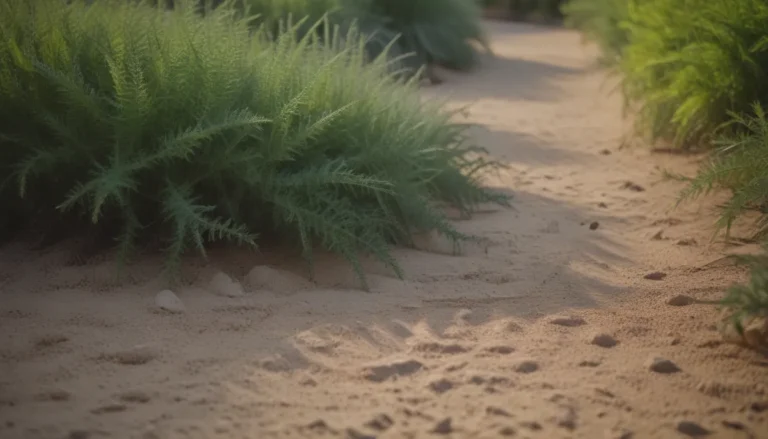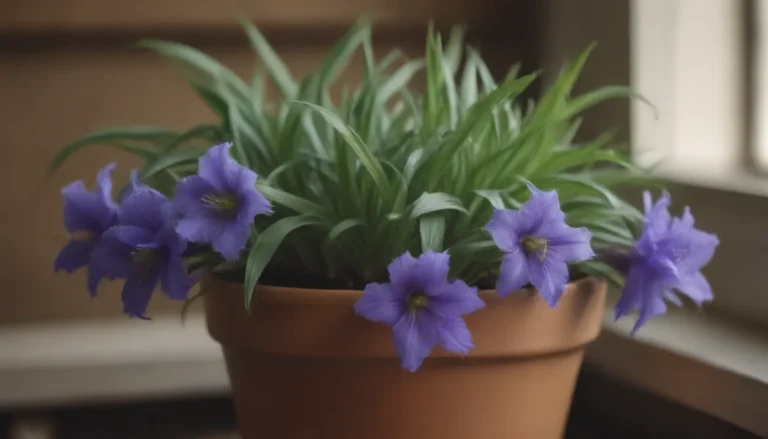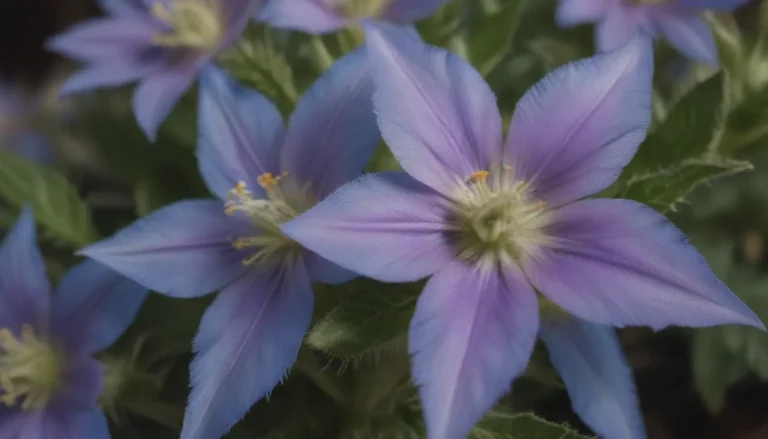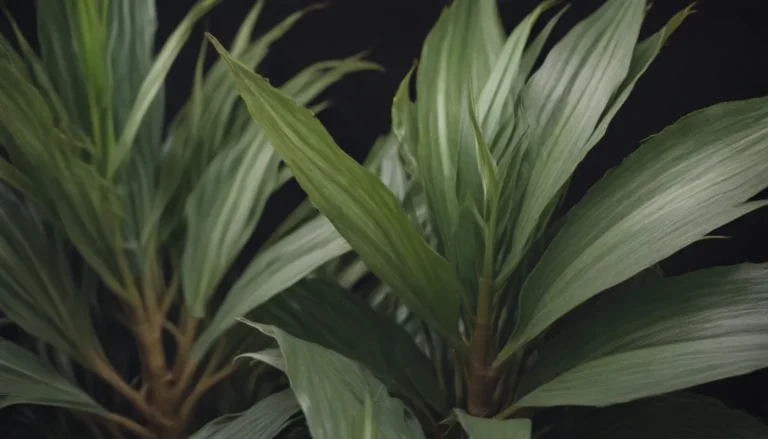The Ultimate Guide to Growing and Caring for Lemon Trees
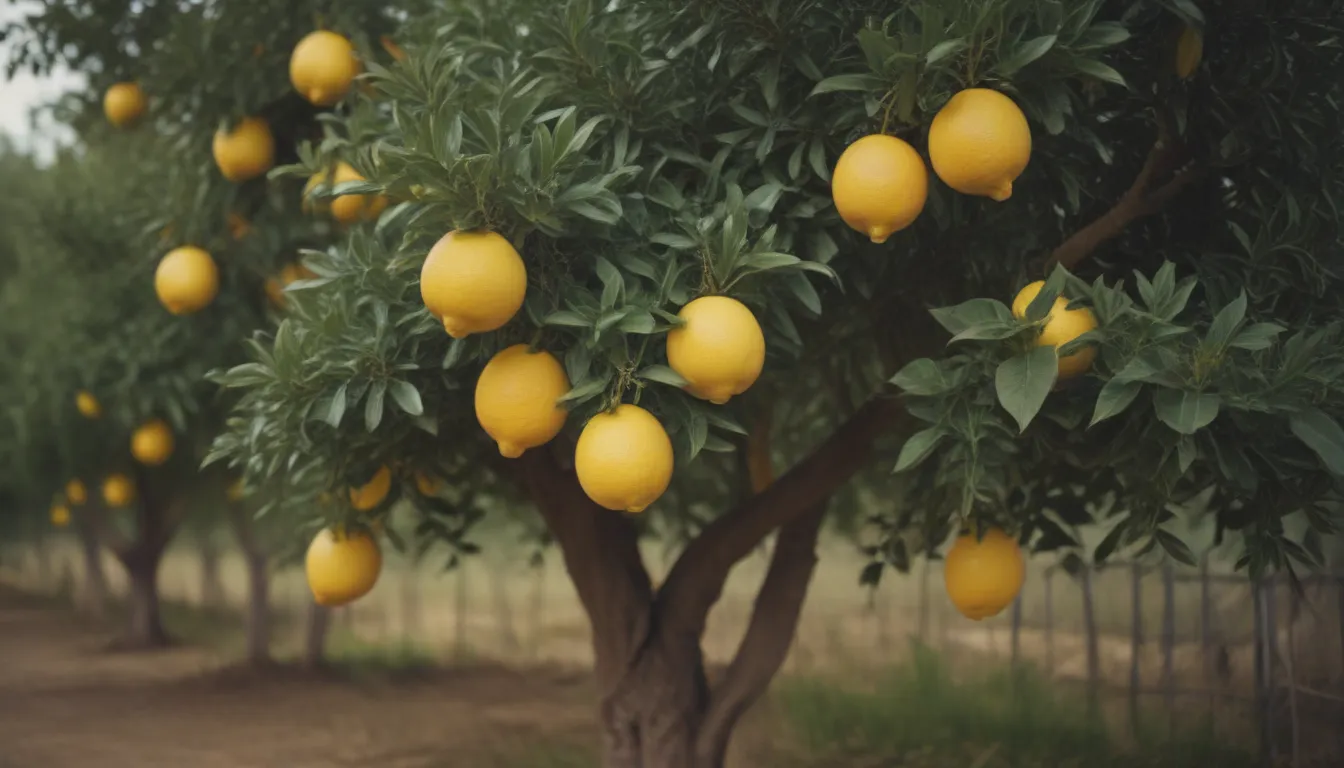
Are you looking to add some zest to your garden with your very own lemon tree? Lemon trees (Citrus limon) are a beautiful addition to any backyard, but they do require some specific care to thrive. If you live in USDA zones 8 through 11, you’re in luck – you can grow your own citrus fruit right at home!
In this comprehensive guide, we will walk you through everything you need to know about growing and caring for lemon trees. From planting to harvesting, we’ve got you covered. So grab a glass of lemonade and let’s get started!
Planting Your Lemon Tree
When to Plant
Plant your lemon tree in the early spring after all danger of frost has passed for the best results.
Selecting a Planting Site
Choose a sunny spot with well-draining soil for your lemon tree. Avoid areas with standing water, as lemon trees do not like soggy conditions. Make sure the site is sheltered from strong winds and other natural elements.
Spacing, Depth, and Support
Lemon trees can grow quite large, so make sure to space them accordingly. Dig a hole that is twice as wide and deep as the root ball. If the roots are bound, gently loosen them to encourage growth. Provide support for young trees as they establish themselves.
Caring for Your Lemon Tree
Light
Lemon trees thrive in full sun, so make sure they receive at least 6 to 8 hours of sunlight each day.
Soil
Citrus trees prefer soil that is well-draining and slightly acidic. Avoid mulching around the base of the tree to prevent waterlogging.
Water
Proper watering is crucial for lemon trees. Young trees may require more frequent watering, while mature trees are more drought tolerant. Avoid overwatering to prevent yellowing leaves and root rot.
Temperature and Humidity
Lemon trees prefer warm temperatures and high humidity levels. Protect young trees from cold weather and ensure they are in a warm environment.
Fertilizer
Use a complete NPK fertilizer to promote healthy growth and fruit production in your lemon tree. Monitor for any deficiencies that may cause yellowing leaves.
Types of Lemon Trees
There are several varieties of lemon trees that you can choose from, depending on your climate and preferences:
- Eureka Lemon Trees (Citrus x limon ‘Eureka’)
- Lisbon Lemon Trees (Citrus x limon ‘Lisbon’)
- Meyers Lemon Trees (Citrus x meyeri)
Harvesting Your Lemons
Allow your lemons to ripen on the tree before harvesting for the best flavor. Lemons do not ripen off the tree, so be patient and wait for them to turn yellow.
Pruning and Propagating
Proper pruning can help maintain a strong canopy and encourage fruit production in your lemon tree. Additionally, lemon trees can be propagated from cuttings with relative ease.
- Pruning: Focus on pruning long lateral branches and main leaders for optimal fruit growth.
- Propagating: Lemon trees can be propagated from cuttings, though growing from seed is not recommended due to inconsistent results.
Potting and Repotting
When potting a lemon tree, choose a large container with good drainage. Repot as needed to ensure the tree has enough room to grow.
Overwintering
If you bring your lemon tree indoors during the winter, make sure it is in a well-lit location with proper humidity levels. Bring it outdoors in the spring to encourage natural pollination.
Common Pests and Diseases
Lemon trees are susceptible to pests and diseases that can affect their health and fruit production. Keep an eye out for common issues such as citrus canker, melanose, and citrus greening. Proper care and monitoring can help prevent these problems.
In conclusion, growing and caring for a lemon tree can be a rewarding experience. With the right conditions and attention to detail, you can enjoy a bountiful harvest of delicious lemons right in your own backyard. So roll up your sleeves, grab your gardening gloves, and get ready to grow your very own lemon tree!
Sources:
– Lemon. ASPCA
– Lemon Growing in the Florida Home Landscape. University of Florida Extension Office
– Growing Citrus Seeds. University of California Agricultural and Natural Resources
– Field Identification and Management of Greasy Spot Disease. University of Florida Extension Office

